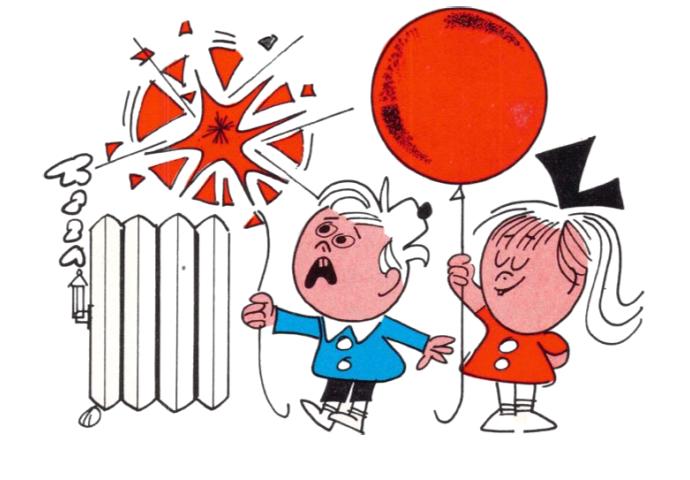THEORY

As a liquid, gasoline is of very little use to an engine. Its energy can be released only by combustion, or burning; in order to burn properly it must be in vapor form, properly mixed with air and delivered to the cylinder of the engine as a combustible mixture, where it is first compressed and then ignited by the spark plug.
It is the carburetor’s responsibility to meter, atomize, and distribute the gasoline throughout the air being drawn into the engine. It must do these things properly through a wide range of speed, load, and temperature, in answer to the demands of the driver, who controls the amount of fuel flow by his use of the accelerator.
A carburetor is undoubtedly one of the best known engine components from the standpoint of identity, but one of the least understood from the standpoint of its internal operation, Many carburetor repairs are performed with no more thought than that required for a mechanical disassembly and reassembly of the unit. The tune-up specialist must (1) insure against carburetor repair “come-backs” that destroy the original profit of a job and (2) stratify the customer’s original complaint. Our goal is to acquaint you with the fundamental operations of a carburetor and to enable you to diagnose and isolate carburetor problems.
CARBURETOR AND THE INTERNAL COMBUSTION ENGINE
To become familiar with a carburetion system, it is necessary to understand the function of the carburetor on an engine. The power which is developed in a gasoline internal combustion engine is the result of a controlled combustion (BURNING) and rapid expansion of an inflammable mixture of gasoline and air. This mixture is mixed in predetermined amounts and supplied to the cylinders of the engine. A carburetor is the device used to supply this mixture.

The internal combustion engine is essentially a heat engine. A gaseous mixture of fuel and air is introduced into the cylinders of the engine. The igniting of this mixture produces heat which causes the gas to expand and create a pressure inside the engine cylinder. The expanding gas pushes on a piston. The piston is attached to a connecting rod which turns the engine crankshaft and converts the up-down motion of the piston to a circular crankshaft rotation. This motion can then be used to drive the vehicle, as in the case of an automobile.
WHAT IS A LOW PRESSURE OR VACUUM?
These names refer to a pressure which is less than the earth atmospheric pressure. At sea level, the pressure exerted by the earth’s atmosphere on the earth’s surface is approximately 14.7 lbs. per sq. inch. Consider yourself to be living at the bottom of an ocean of air that extends many miles skyward. The air has given weight or mass just like the water in an ocean. The weight of air is much less than that of water. If we take a square inch column of air and extend it from sea level up to the end of the earth’s atmosphere, the weight exerted by this narrow column of air on the earth’s surface would measure approximately 14.7 lbs. per sq. inch (p.s.i.) at sea level. Thus, if a pressure measures less than the earth’s atmospheric pressure at any given altitude, it is referred to as a low pressure or vacuum.
